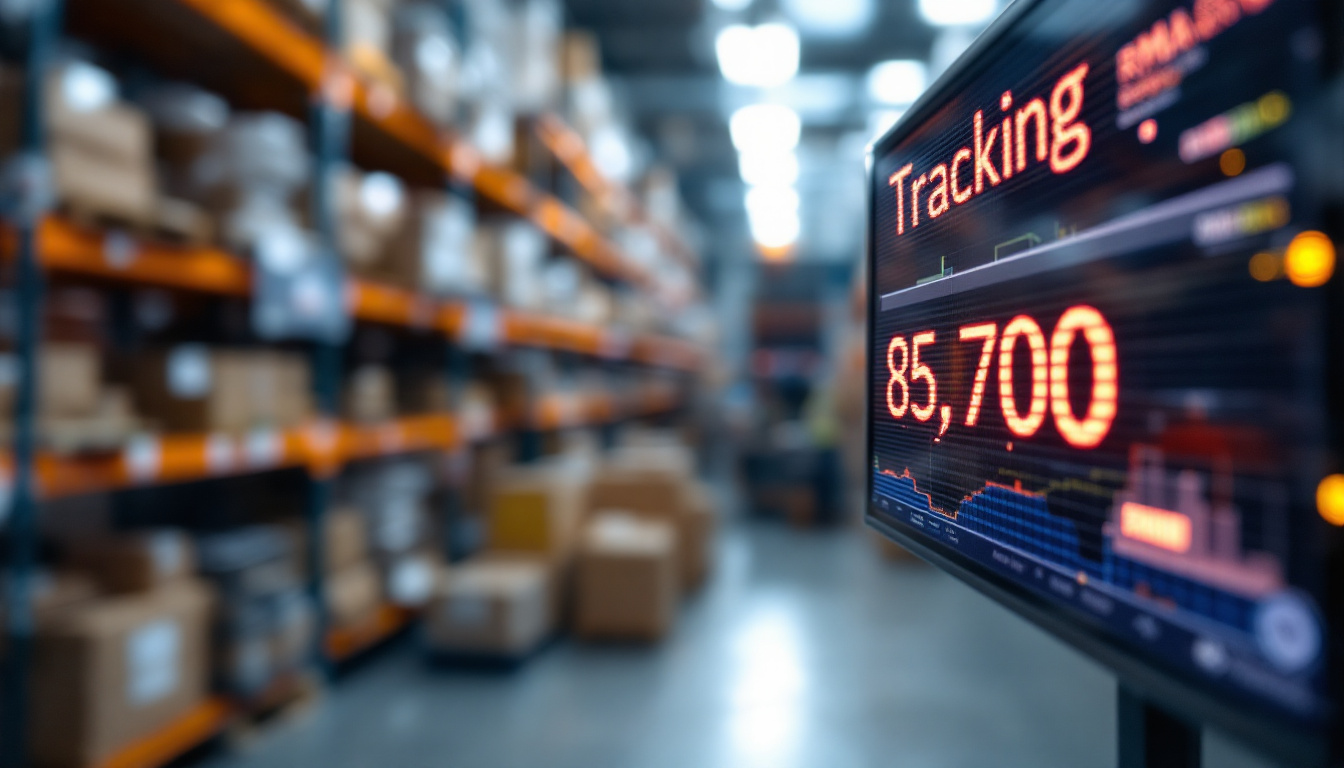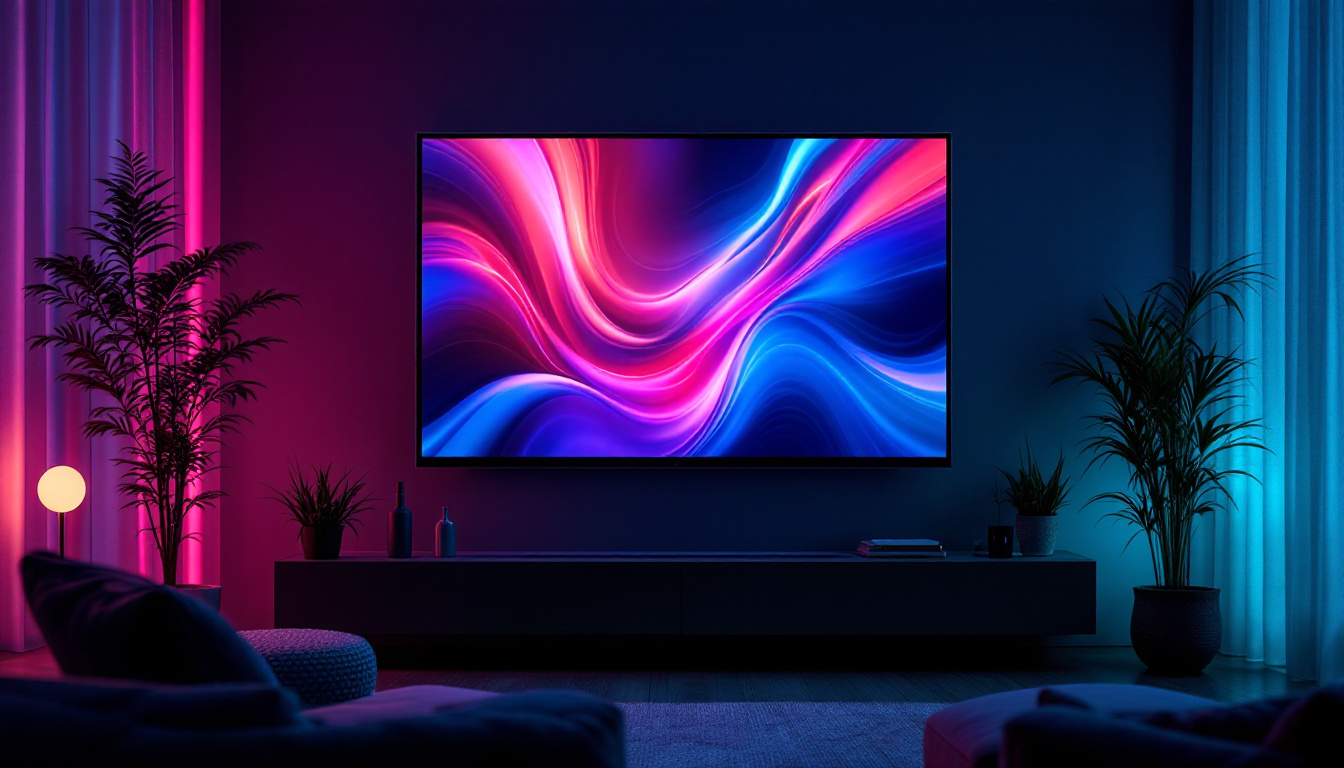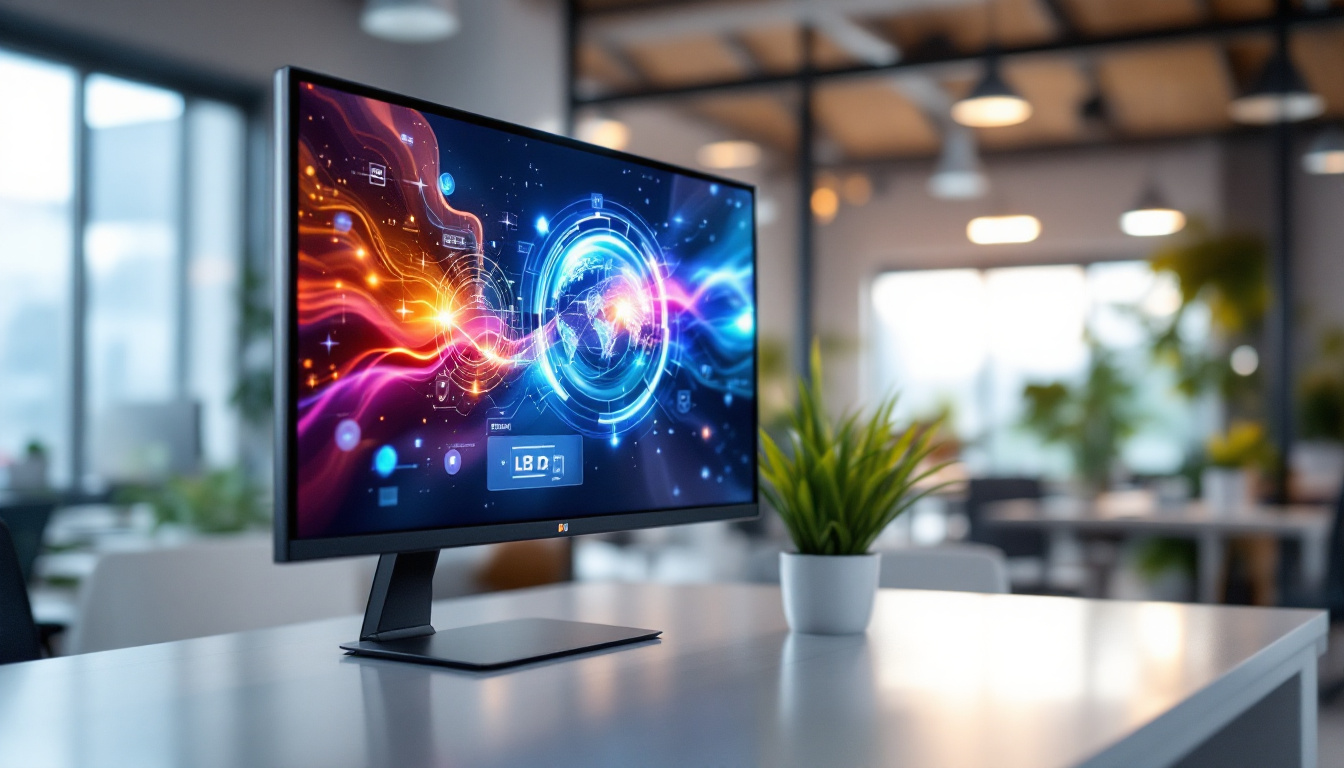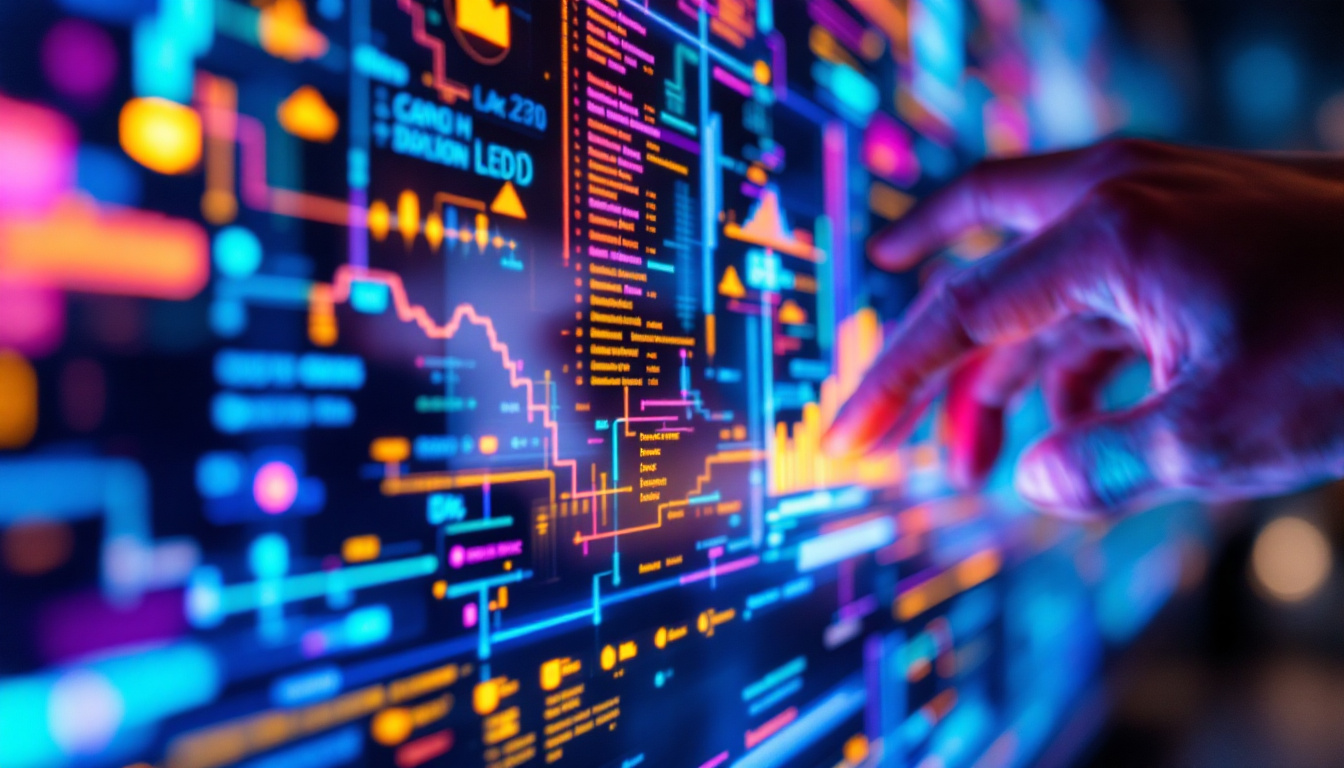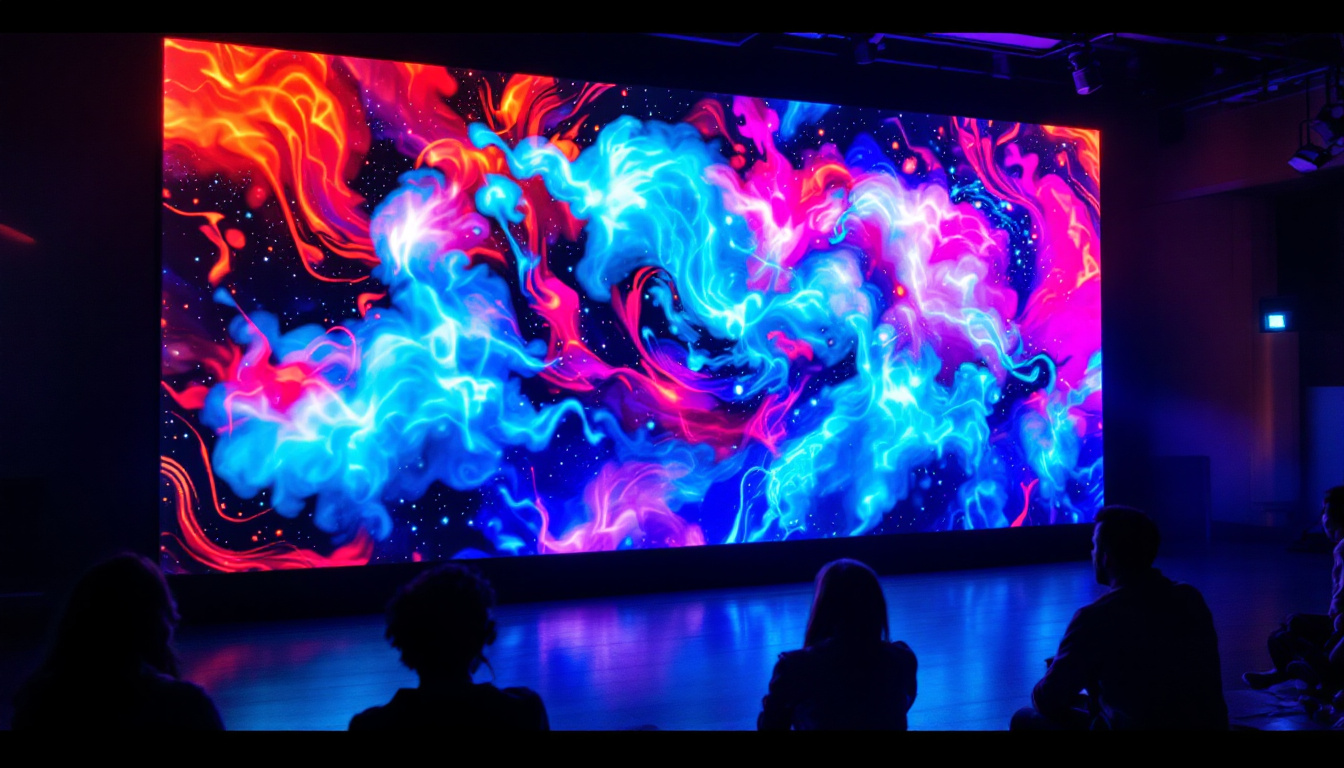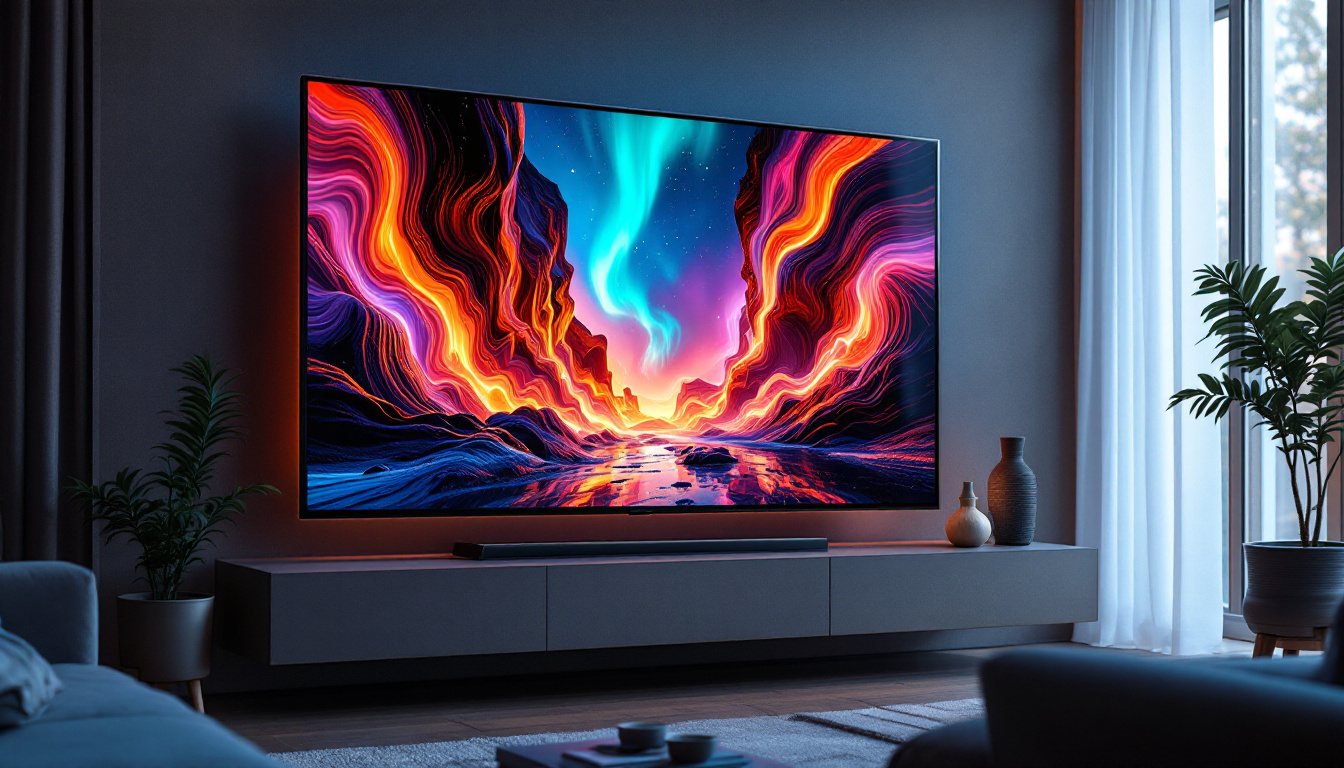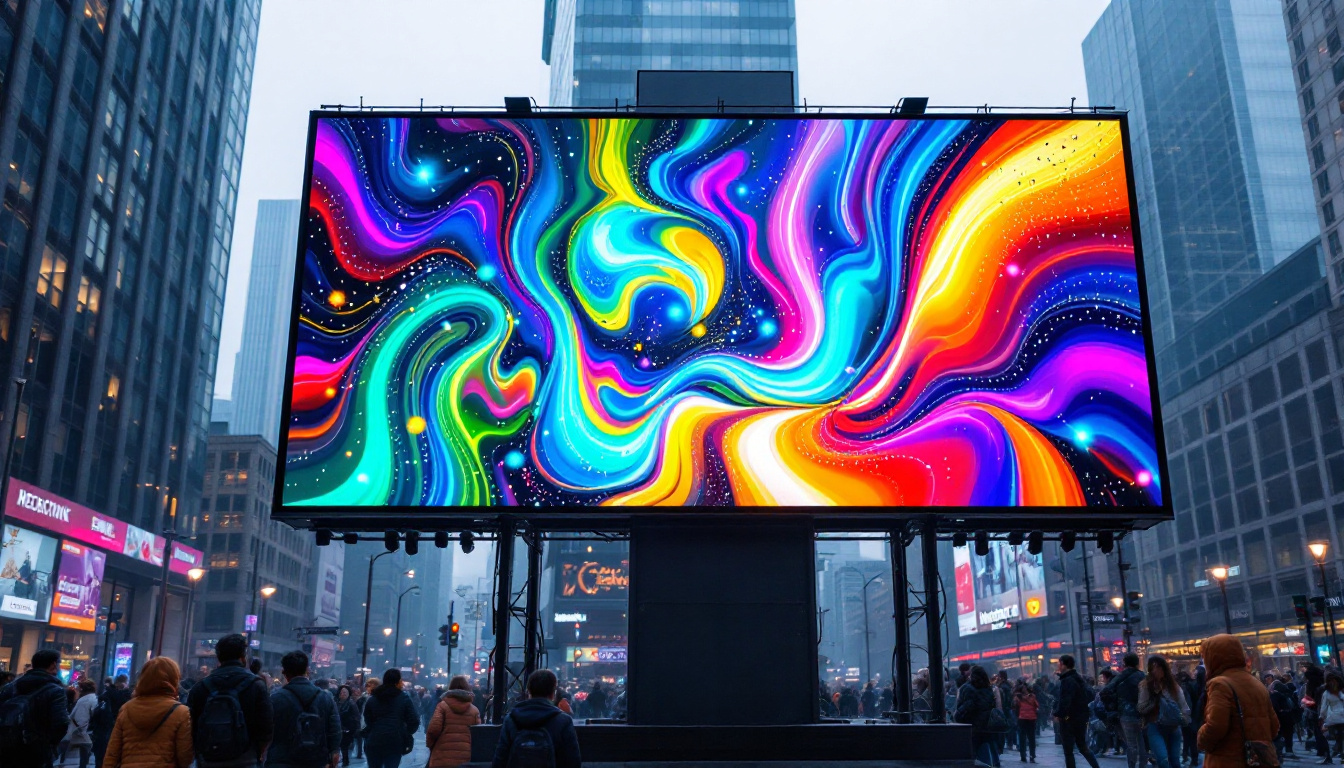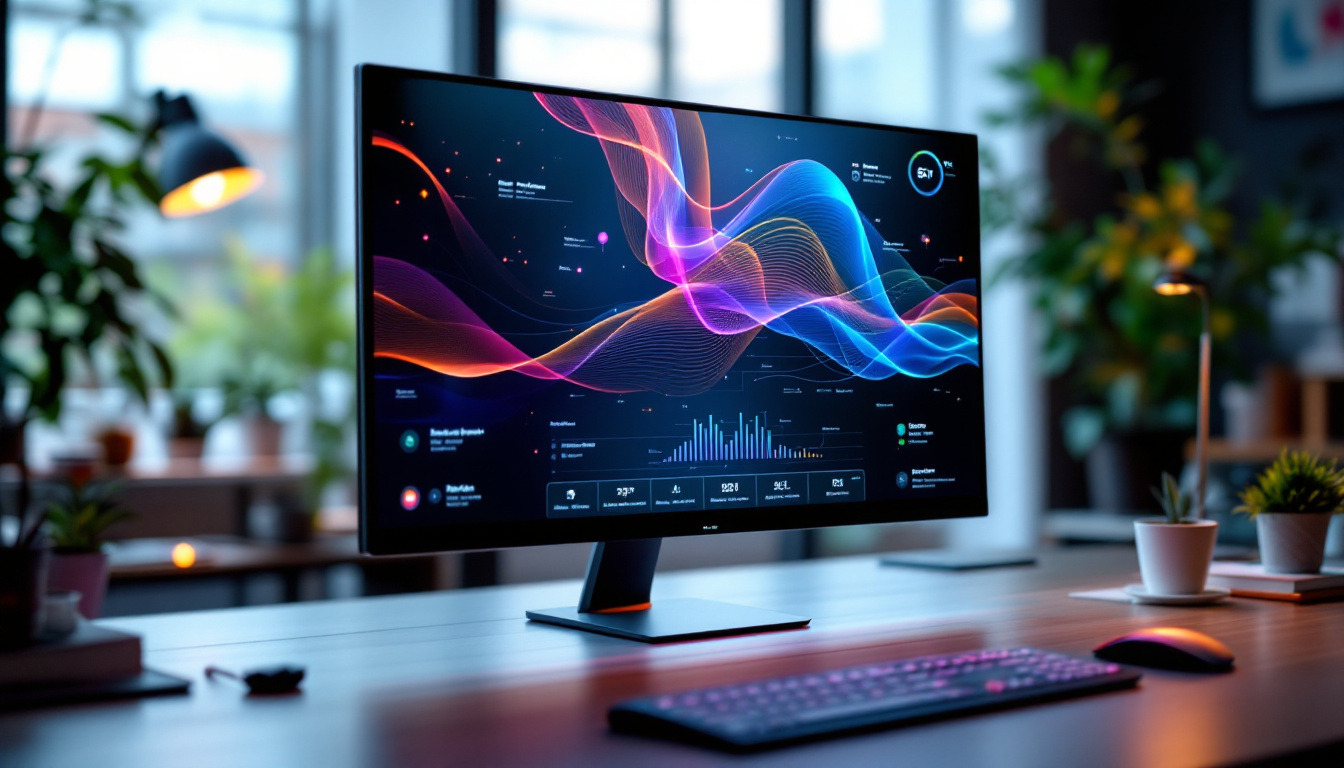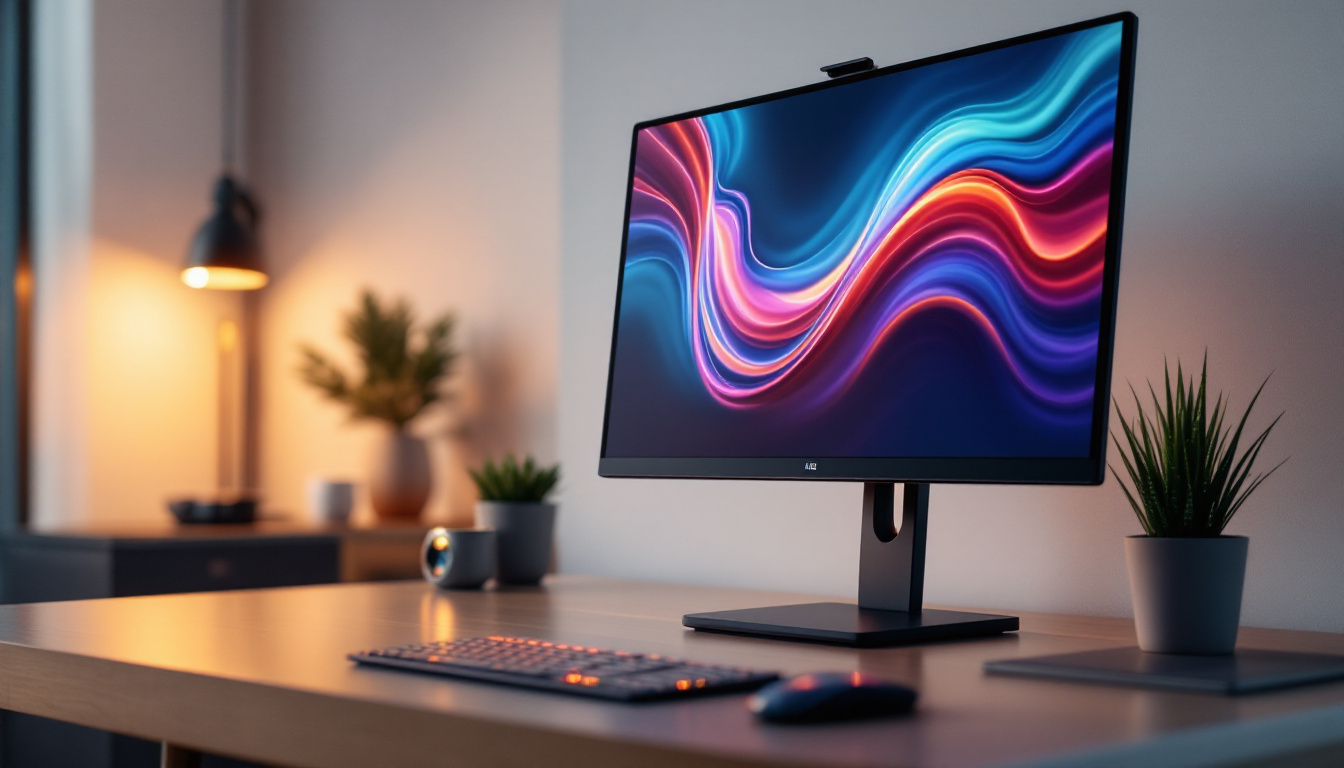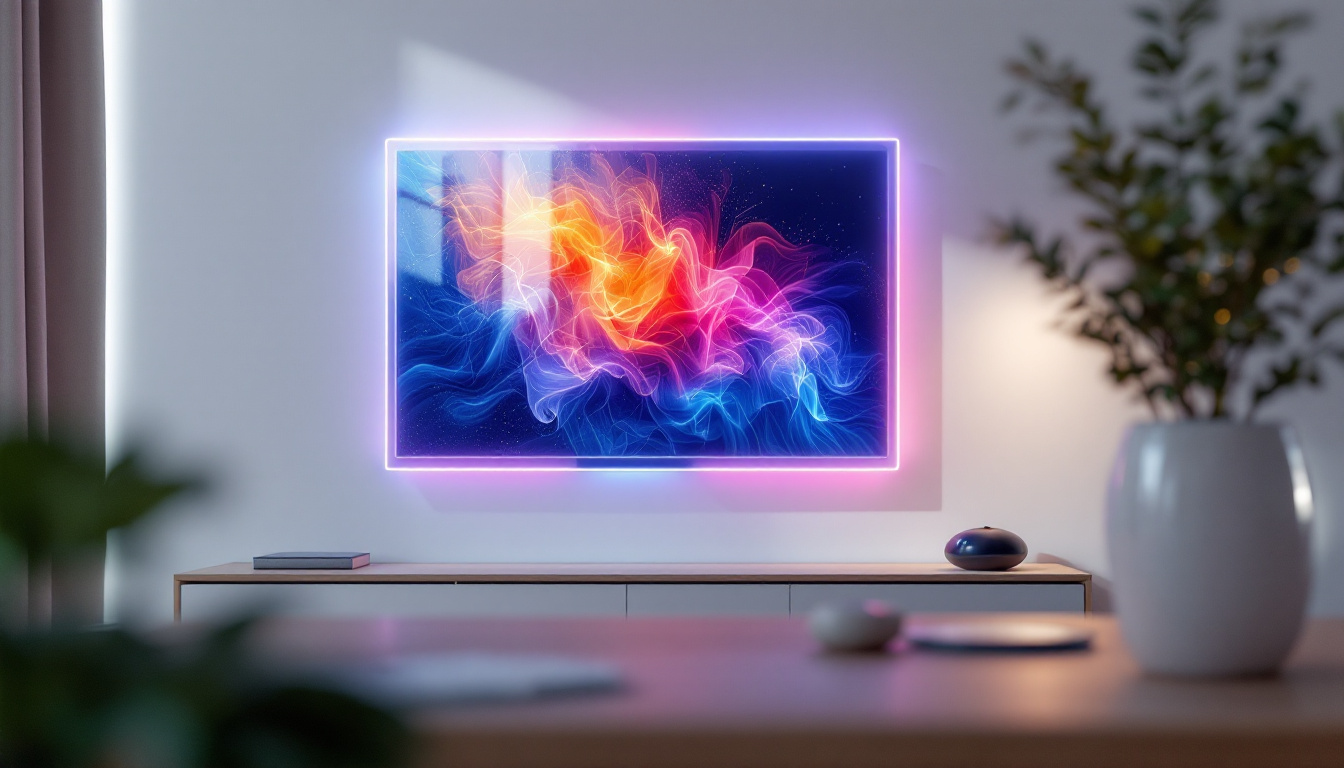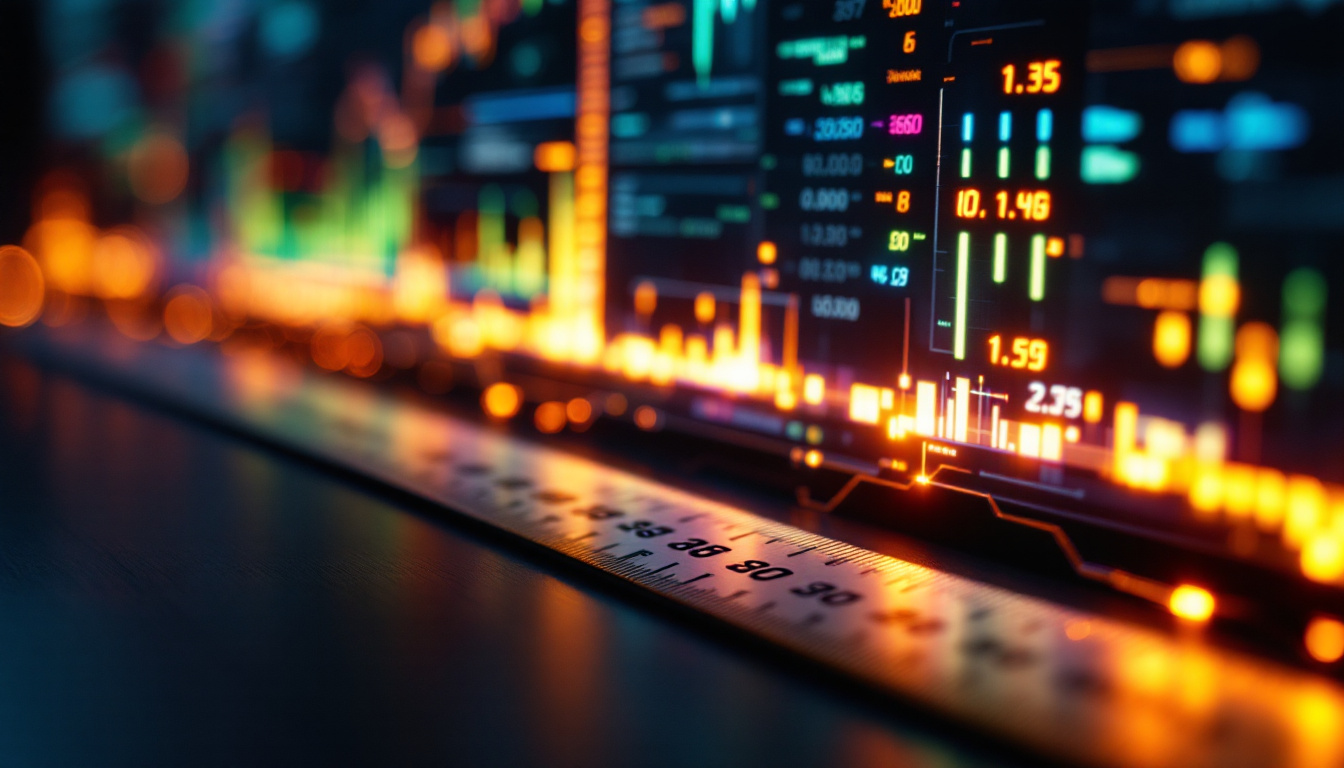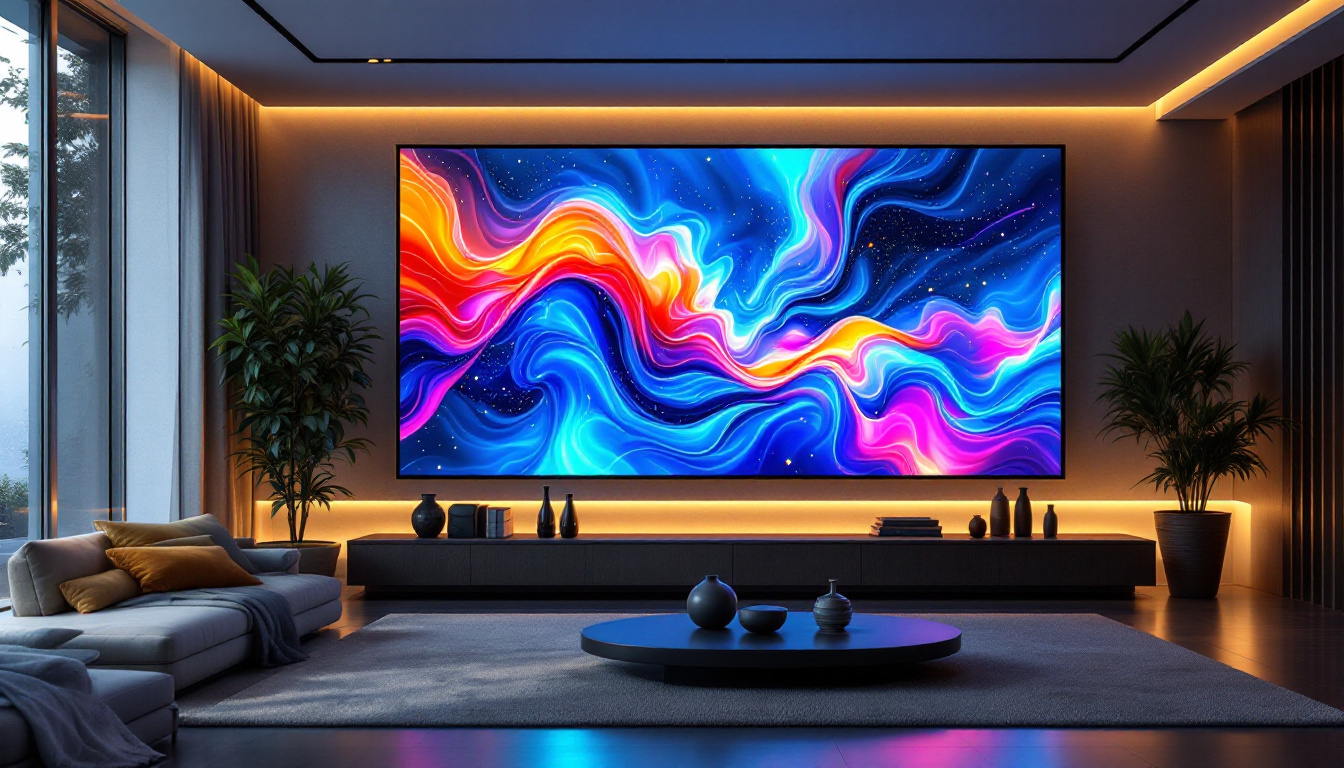In today’s fast-paced world, efficient tracking of products and services is essential for both businesses and consumers. One of the critical components in this process is the Return Merchandise Authorization (RMA) number, which plays a vital role in managing returns and exchanges. Understanding how to track an RMA number, especially in the context of LED displays, can significantly enhance customer satisfaction and streamline operations. This article delves into the intricacies of RMA tracking and its application in the LED display industry.
What is an RMA Number?
The Return Merchandise Authorization (RMA) number is a unique identifier assigned to a product that is being returned to a manufacturer or retailer. This number is crucial for tracking the return process, ensuring that the product is processed correctly and efficiently. When a customer wishes to return a product, obtaining an RMA number is often the first step in the process.
Typically, the RMA number is issued after the customer contacts the retailer or manufacturer, providing details about the product and the reason for the return. This number not only helps in tracking the return but also assists in managing inventory and processing refunds or exchanges.
Importance of RMA Numbers
RMA numbers serve several important functions in the return process. First and foremost, they help in maintaining organized records. Each return can be tracked back to the original sale, allowing businesses to analyze return patterns and identify potential issues with specific products.
Additionally, RMA numbers facilitate communication between the customer and the retailer. With a unique identifier, both parties can easily reference the return, ensuring that there is no confusion regarding the status of the product. This clarity can significantly enhance the customer experience, as it reduces frustration and uncertainty.
Moreover, RMA numbers play a vital role in the broader context of customer service and satisfaction. By streamlining the return process, businesses can demonstrate their commitment to customer care, fostering loyalty and trust. A smooth return experience can turn a potentially negative situation into a positive one, encouraging customers to continue shopping with the retailer in the future. Furthermore, tracking returns through RMA numbers can provide valuable insights into product quality and customer preferences, enabling businesses to make informed decisions about inventory and product development.
In addition, RMA numbers can also help in reducing fraudulent returns. By requiring an RMA number for returns, retailers can ensure that products being sent back are legitimate and that the return process is being used as intended. This not only protects the business from potential losses but also helps maintain the integrity of the return system, ensuring that it remains fair for all customers. Overall, the implementation of RMA numbers is a critical component of effective return management, benefiting both retailers and consumers alike.
How to Track an RMA Number
Tracking an RMA number is a straightforward process, but it can vary depending on the retailer or manufacturer. Generally, the tracking process involves a few simple steps that can be completed online or through customer service channels.
Online Tracking
Many retailers and manufacturers provide online tools for tracking RMA numbers. Customers can usually visit the company’s website and navigate to the returns section. Here, they may find an option to enter their RMA number, which will display the current status of the return.
Online tracking systems often provide real-time updates, allowing customers to see when their returned product has been received, inspected, and processed. This transparency is beneficial, as it keeps customers informed throughout the return process. Additionally, some systems may offer notifications via email or SMS, alerting customers when their return has been processed or if any action is required on their part. This level of communication can significantly enhance the customer experience, reducing anxiety and uncertainty about the return timeline.
Customer Service Assistance
For those who prefer a more personal touch, contacting customer service is another effective way to track an RMA number. Customers can call or email the retailer’s support team, providing their RMA number and any other relevant details. Customer service representatives can then provide updates on the return status and answer any questions the customer may have.
This method can be particularly useful if there are complications with the return or if the customer requires additional assistance. Customer service teams are trained to handle such inquiries and can provide valuable insights into the return process. They often have access to more detailed information than what is available online, including potential delays or issues that may arise during the inspection process. Furthermore, a good customer service experience can lead to a stronger relationship between the customer and the brand, fostering loyalty and trust that extends beyond a single transaction.
LED Displays and RMA Tracking
The LED display industry is a rapidly evolving sector, characterized by technological advancements and increasing consumer demand. As a result, the need for efficient RMA tracking has become more pronounced. LED displays, whether for commercial or residential use, often come with warranties and return policies that necessitate clear tracking mechanisms.
Common Issues with LED Displays
LED displays can experience a range of issues, from pixel malfunctions to connectivity problems. When customers encounter these problems, they often seek to return or exchange their products. The RMA process becomes essential in these situations, as it ensures that customers can address their concerns efficiently.
Common issues with LED displays that may require returns include:
- Dead pixels or screen defects
- Color inconsistencies
- Connectivity issues with external devices
Streamlining the Return Process
For manufacturers and retailers in the LED display market, streamlining the return process through effective RMA tracking is crucial. Implementing robust tracking systems can help reduce turnaround times for returns and exchanges, ultimately leading to higher customer satisfaction.
Additionally, analyzing RMA data can provide valuable insights into product quality and performance. By identifying trends in returns, businesses can make informed decisions about product improvements and customer service enhancements.
Moreover, the integration of technology into the RMA tracking process can further enhance efficiency. For instance, utilizing cloud-based systems allows for real-time updates and accessibility, enabling both customers and support teams to monitor the status of returns seamlessly. This transparency not only builds trust with consumers but also empowers them to take proactive steps in resolving their issues, such as troubleshooting minor problems before initiating a return.
Furthermore, the advent of artificial intelligence and machine learning can revolutionize the RMA process by predicting potential failures based on historical data. By analyzing patterns in returns, companies can anticipate which products are more likely to experience issues and address these concerns before they escalate. This proactive approach not only minimizes the number of returns but also enhances the overall customer experience by demonstrating a commitment to quality and service.
Best Practices for RMA Tracking
To ensure a smooth RMA tracking process, businesses can adopt several best practices. These practices not only improve efficiency but also enhance the overall customer experience.
Clear Communication
One of the most important aspects of RMA tracking is clear communication with customers. Providing detailed information about the return process, including how to obtain an RMA number and track it, can significantly reduce confusion.
Additionally, businesses should keep customers informed throughout the return process. Sending automated emails or notifications when the status of the return changes can help maintain transparency and build trust. This proactive communication can also include FAQs or a dedicated support page that addresses common concerns related to returns, which can empower customers to resolve issues independently and efficiently.
Moreover, offering multiple channels for communication, such as chatbots, email, and phone support, can cater to different customer preferences. This flexibility ensures that customers feel supported and valued, ultimately leading to a more positive overall experience with the brand.
Utilizing Technology
Investing in technology that supports RMA tracking can greatly enhance efficiency. Many businesses are adopting software solutions that integrate with their inventory management systems, allowing for real-time tracking of returns.
These systems can automate many aspects of the RMA process, reducing the workload on customer service teams and minimizing the potential for errors. By leveraging technology, businesses can provide a seamless return experience for their customers. Advanced analytics tools can also be employed to identify trends in return reasons, enabling businesses to address product issues proactively and improve overall quality.
Furthermore, mobile applications are becoming increasingly popular for RMA tracking. Allowing customers to track their returns directly from their smartphones not only enhances convenience but also aligns with the growing demand for mobile-friendly solutions. This capability can lead to higher customer satisfaction as users appreciate the ability to manage their returns on-the-go, making the entire process feel more accessible and user-friendly.
Conclusion
Tracking RMA numbers is an essential component of managing returns in the LED display industry. By understanding the importance of RMA numbers and implementing effective tracking practices, businesses can enhance customer satisfaction and streamline their operations.
As the LED display market continues to grow, the need for efficient return processes will only become more critical. By prioritizing clear communication, utilizing technology, and analyzing return data, businesses can position themselves for success in this competitive landscape.
In summary, effective RMA tracking not only benefits customers by providing them with a hassle-free return experience but also aids businesses in improving their products and services. As the industry evolves, staying ahead of RMA tracking practices will be key to maintaining customer loyalty and satisfaction.
Discover LumenMatrix’s Advanced LED Display Solutions
As you consider the importance of efficient RMA tracking for your LED display needs, remember that LumenMatrix is at the forefront of LED display innovation. Our extensive range of products, from Indoor and Outdoor LED Wall Displays to Custom and All-in-One LED Display solutions, are designed to elevate your visual communication and captivate your audience. Embrace the future of digital signage with LumenMatrix and experience the difference that cutting-edge technology can make. Check out LumenMatrix LED Display Solutions today and transform your space into a dynamic visual experience.

